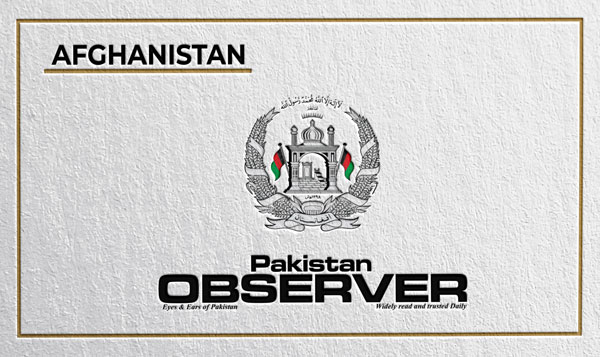Three countries in the region, Afghanistan, Myanmar and Sri Lanka, faced unprecedented crises in 2021, leading to a rapid increase of acute food insecurity in 2022, the Food and Agriculture Organization of the United Nations (FAO) said in a report.
The report highlighted the agrifood, development, and economic as well as climate crisis in the Asia and Pacific.
“As of March 2022, the people of Afghanistan are suffering one of the world’s largest and most severe hunger crisis; this is affecting 22.8 million people, equivalent to more than half of the population, as a result of extended drought, conflict, political instability and COVID-19,” the report said.
The Agriculture Chamber of Agriculture and Livestock called on the aid organizations to support the Afghan agriculture sector.
“We call on the FAO to support the Afghan farmers and the Islamic Emirate, so the increase in food prices will be prevented and the farmers can continue farming next year,” said Mirwais Hajizada, deputy head of Afghanistan Chamber of Agriculture and Livestock,
“ said Mirwais Hajizada, deputy head of the Afghanistan Chamber of Agriculture and Livestock (ACAL).
The residents of Kabul also voiced concerns about rising food prices.
“The price of foodstuffs has increased.
The people are not able to purchase even one bag of flour,” said Rahmanullah, a resident of Kabul.
“We call on the Islamic Emirate to pay attention to prices of basic needs,” said Abdul Wasi Ahmadzai, a resident of Kabul.
The farmers said that their harvest was damaged by floods.
“The rain fell for 15 days straight, and it damaged our crops,” said Asadullah, a farmer.
“We need flour, reformed seeds and aid,” said Mohammad Agha, a farmer.
Based on ACAL statistics, more than 100,000 acres of agricultural lands have been destroyed in floods across Afghanistan.—Tolonews










